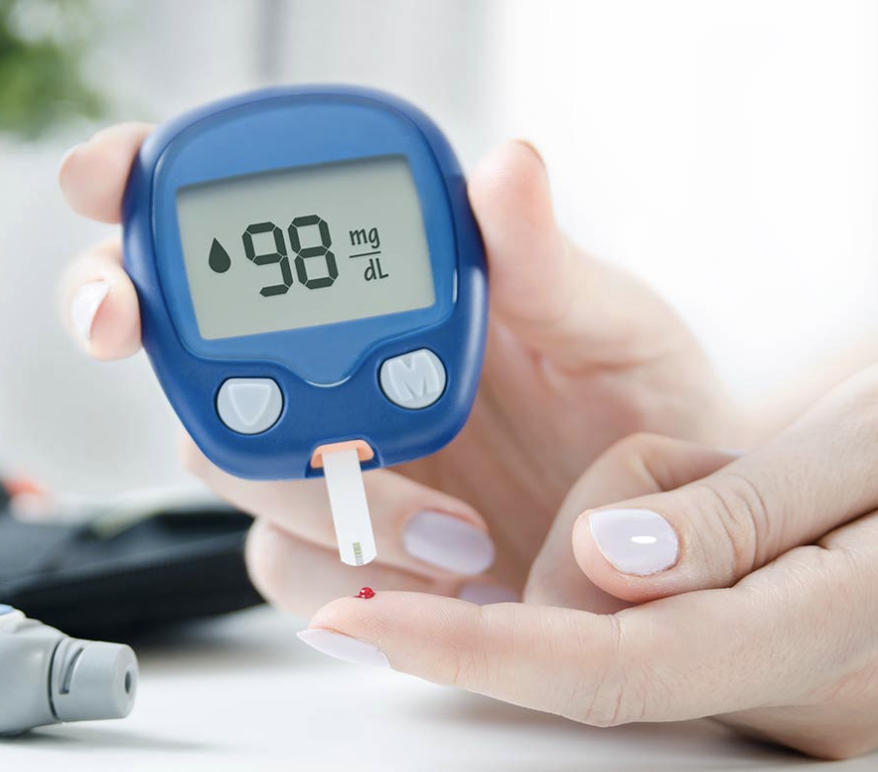 |
|
Improvement in glycemic control may play a role in myopia management, study suggests. Photo: NetMeds. |
As indicated by new research, causal relationships between some glycemia traits and myopia have been established. The researchers of the study—using summary statistics from different genome-wide association studies—analyzed six glycemic traits as exposures with myopia used as the outcome.
Included in the two-sample Mendelian randomization design were factors of adiponectin, body mass index, fasting blood glucose, fasting insulin, hemoglobin A1c (HbA1c) and proinsulin levels. A genetically predicted level of adiponectin was consistently and negatively associated with incidence of myopia, with all sensitivity analyses further supporting this. The only other association found was that of HbA1c: the higher the level, the greater the myopia risk.
The researchers put their findings into context. Adiponectin, they explain, a protein hormone produced and secreted primarily by energy-storing adipocytes, modulates serum glucose and lipid metabolism. In turn, these activities are negatively correlated with insulin resistance, obesity, type 2 diabetes and cardiovascular diseases. As such, the researchers suggest that “adiponectin is a protective factor for myopia, suggesting that increasing adiponectin levels reduces the risk of myopia.”
While the researchers observed higher HbA1c levels to be associated with increased myopia risk, they did not find any significant effect of fasting blood glucose levels. This relationship has been documented in prior research, and the authors of this study offered two potential reasons.
One possibility could be due to HbA1c level reflecting the past two to three months’ average glucose level. As the authors here note, prior studies have shown a disconnect in diabetes diagnosis with HbA1c and fasting blood glucose levels. Another explanation might be that valid genetic instruments for measuring HbA1c levels can be as much as 10 times higher than that of fasting glucose levels.
The authors of the study then consider why these glycemic traits in particular may affect myopia incidence or development. One theory involves a change in the refractive index of the crystalline lens, inducing a myopic shift, but the authors mention that this would only account for transient shifts in refraction.
Instead, the study’s authors believe choroidal blood perfusion may be inducing a myopic shift. One prior study outlined the choroid increases in thickness after intense diabetic control. Increased choroid thickness was also associated with a similar increase in choroid blood flow and adjacent scleral tissue oxygenation in guinea pigs.
Much is still unknown about why these associations exist, but the study authors at least offer their opinion that “these observations, applied in clinical practice, suggest that improved myopia control may be achieved by implementing a strict glycemic control strategy that includes regular exercise and a healthy diet.”
Li FF, Zhu MC, Shao YL, et al. Causal relationships between glycemic traits and myopia. Invest Ophthalmol Vis Sci. 2023;64(3):7. |

